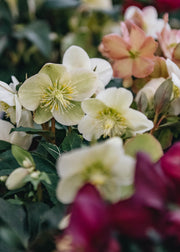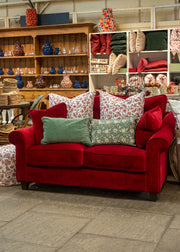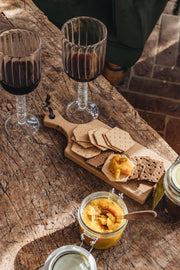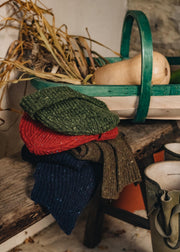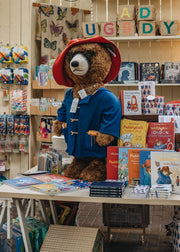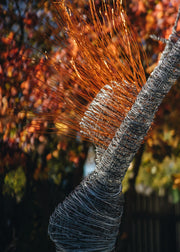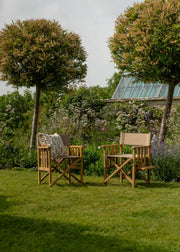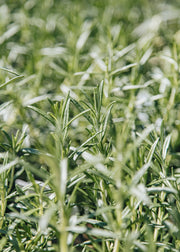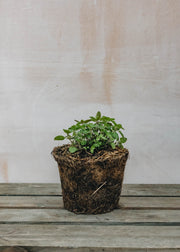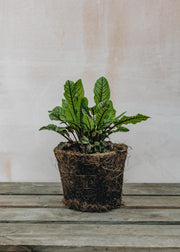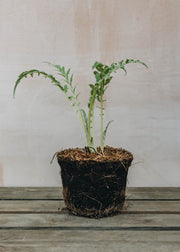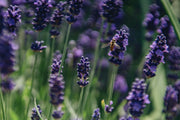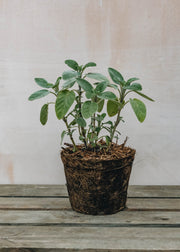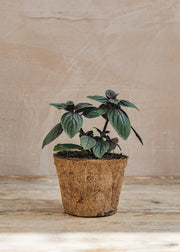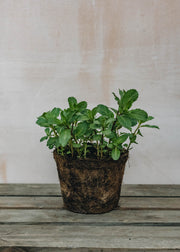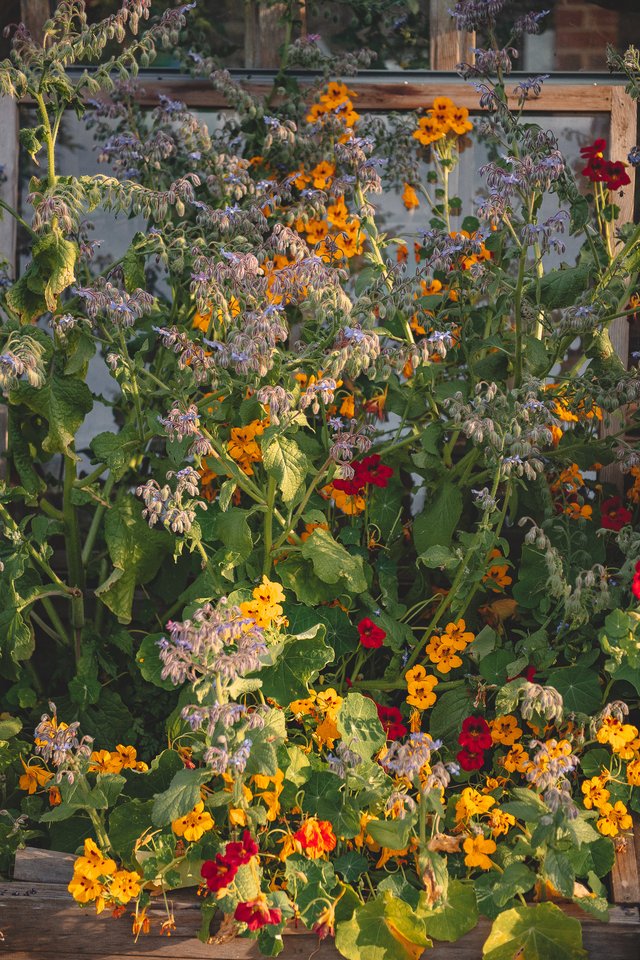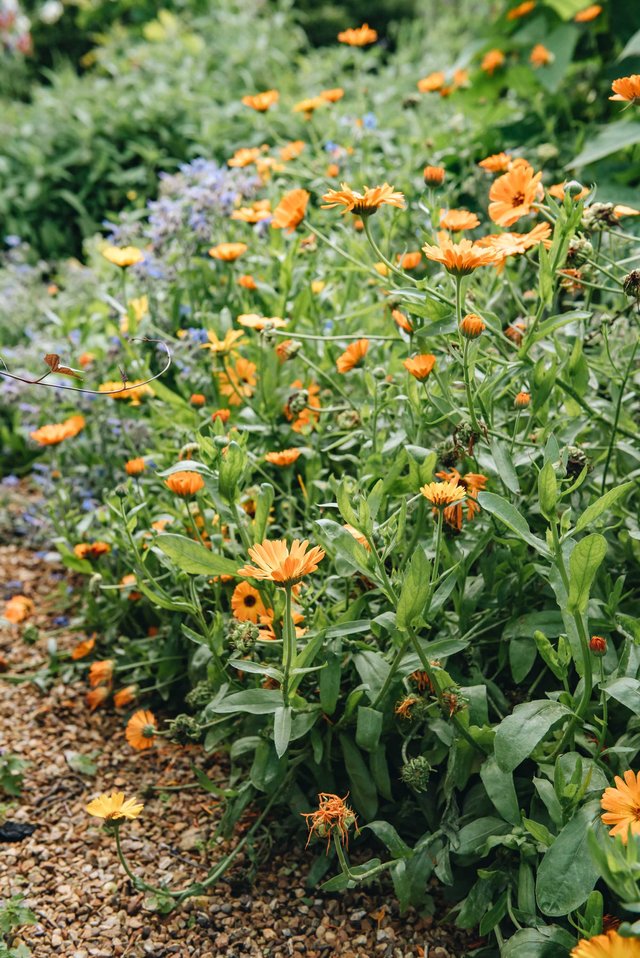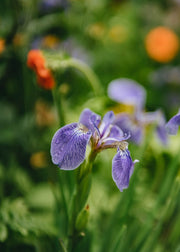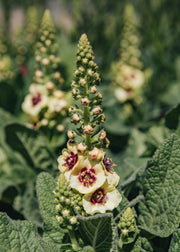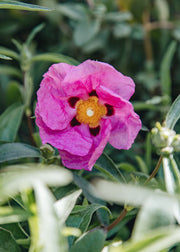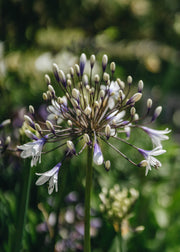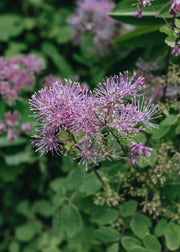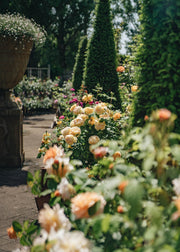How to: Bring a taste of ornamental edibles to the garden
Combining the edible with the ornamental is a beneficial gardening initiative, and one that, according the RHS, is only growing in popularity – taking root in outdoor spaces across the country. Like any green-fingered trend worth embracing, this approach to planting has been seen to be used for stunning effect across the many of the gardens at the 2025 RHS Chelsea Flower Show.

Matthew Butler and Josh Parker, ‘The Garden of the Future’, RHS Chelsea Flower Show 2025

Tom Massey and Je Ahn, ‘The Avanade Intelligent Garden’, RHS Chelsea Flower Show 2025
For instance, take Tom Massey and Je Ahn’s ‘The Avanade Intelligent Garden’. Densely planted with a woodland feel, this forest-like garden, features choice trees with many of them having edible elements including their leaves, nuts and berries, as well as many fruit bushes and smaller edibles such as chives and strawberries. Equally, in ‘The Garden of the Future’ by Matthew Butler and Josh Parker, the practice is featured as part of their demonstration of a climate-resistant garden. The key plants in this garden have been chosen for both their symbolic and practical value, including edible herbs varieties such as Lavender, Rosemary, and Thyme, as well as many climate-resistant crops and edible companion flowers.
Taking inspiration from these trend-setting gardens, when it comes to approaching our own gardens, we've taken the time to offer a few pointers, to assist in creating captivating displays using both ornamentals and edibles for an appealing aesthetic at home.
Edible inspiration
The first thing you might want to consider is structure. For this, look no further than the humble fruit tree. Whether plumping for apple and pear, these graceful giants are replete with rewards, whatever the season, from spring blossom to autumn harvest – transitioning seamlessly from ornamental to edible as the year progresses. These sorts of trees are excellent for attracting pollinators and can look particularly effective when underplanted with spring bulbs and native wildflowers.
In addition to fruit trees, form can be injected into a planting scheme with the uses of smaller, architectural edibles. These include the likes of fennel and artichoke, both used across the gardens at Chelsea this year. Growing high and wispy, fennel will prove not just a formal addition, but one that will add great movement to your borders, whilst artichoke’s sculptural flower buds can be used to make a rather bold statement when interspliced with a range of purely ornamental options. Smaller trees can also be used for this purpose, such as fig trees that will add structure as well as texture with their distinctly shaped leaves.

Fennel in Monty Don's 'RHS and BBC Radio 2 Dog Garden', RHS Chelsea 2025

When further filling out your borders, pots, and containers, herbs make excellent candidates. A great all-rounder in this field, chives will blend seamlessly into a variety of ‘conventional’ planting schemes. Unfussy, and entirely edible, chives grow wonderful, allium-like purple flower heads that feel entirely at home when planted beside other flowering herbaceous favourites. Similarly, rosemary looks absolutely stunning in full bloom, and its captivating, culinary scent makes it a mainstay gardens from the Med to Middlesex.
In addition, herbs like the ones used in ‘The Garden of the Future’ can be great for companion planting. A design feature and a natural means of combating pests, companion planting can involve growing strongly scent plants alongside either ornamentals or crops to attract pollinators whilst either repelling or luring away undesirables.
For example, lavender attracts a range of pollinators, including butterflies, bees, and hoverflies, so planting it close to crops such as broad beans and tomatoes will certainly go some way to tempt more helpful garden guests to vegetable patches and borders alike. Likewise, lavender’s strong scent can confuse and repel unwanted visitors, like moths, fleas, aphids, and mosquitoes. The same is true of sage, which is ideal for planting in a range of schemes as its strong scent will deter common pests, whilst its beautiful blue flowers will prove an attractive accent.
Companion plants
Lastly, for further bold and bright infusions of colour, edibles options worthy of your consideration are redcurrants and strawberries, other annual herbs such as borage, along with plants such as camomile, whose daisy-like flowers are as soothing on the eyes and they are in a brew. Additionally, colourful edible flowers such as nasturtium and calendula can really enliven borders.



